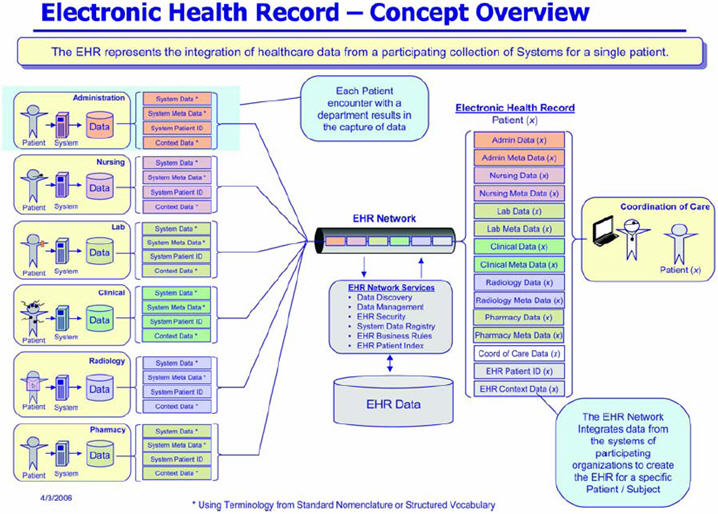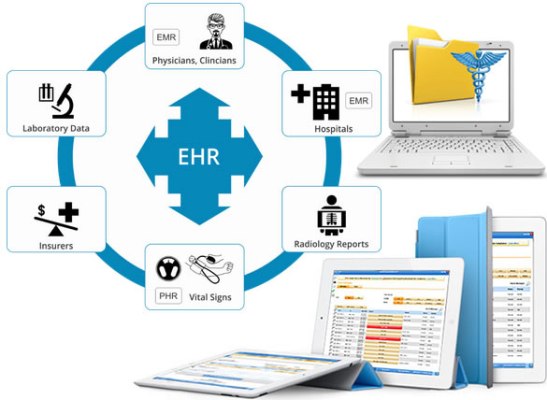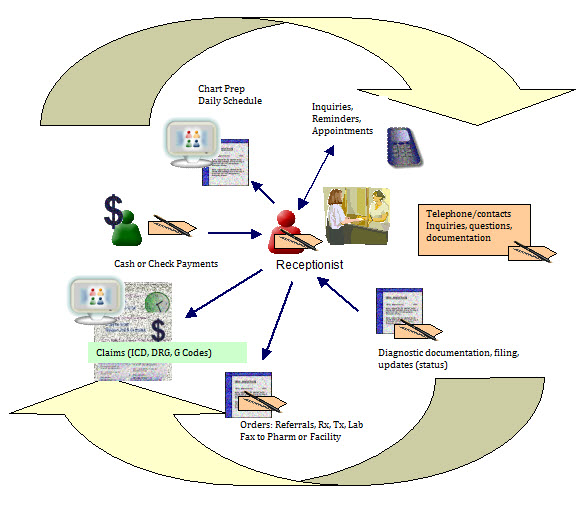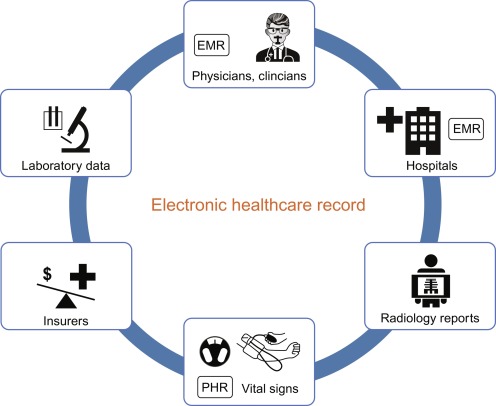EMRIS
Electronic Medical Records Implementation Services
- Home
- Services
- Implementation
An EMR contains the standard medical and clinical data gathered in one provider’s office. EHRs go beyond the data collected in the provider’s office and include a more comprehensive patient history.
- Accurate and complete information about a patient’s health
- The ability to quickly provide care
- Share information with patients and their family caregivers
EHRs place accurate and complete information about patients’ health and medical history at providers’ fingertips.
Electronic health record (EHR) systems can decrease the fragmentation of care by improving care coordination.
- Resources
- About Us




